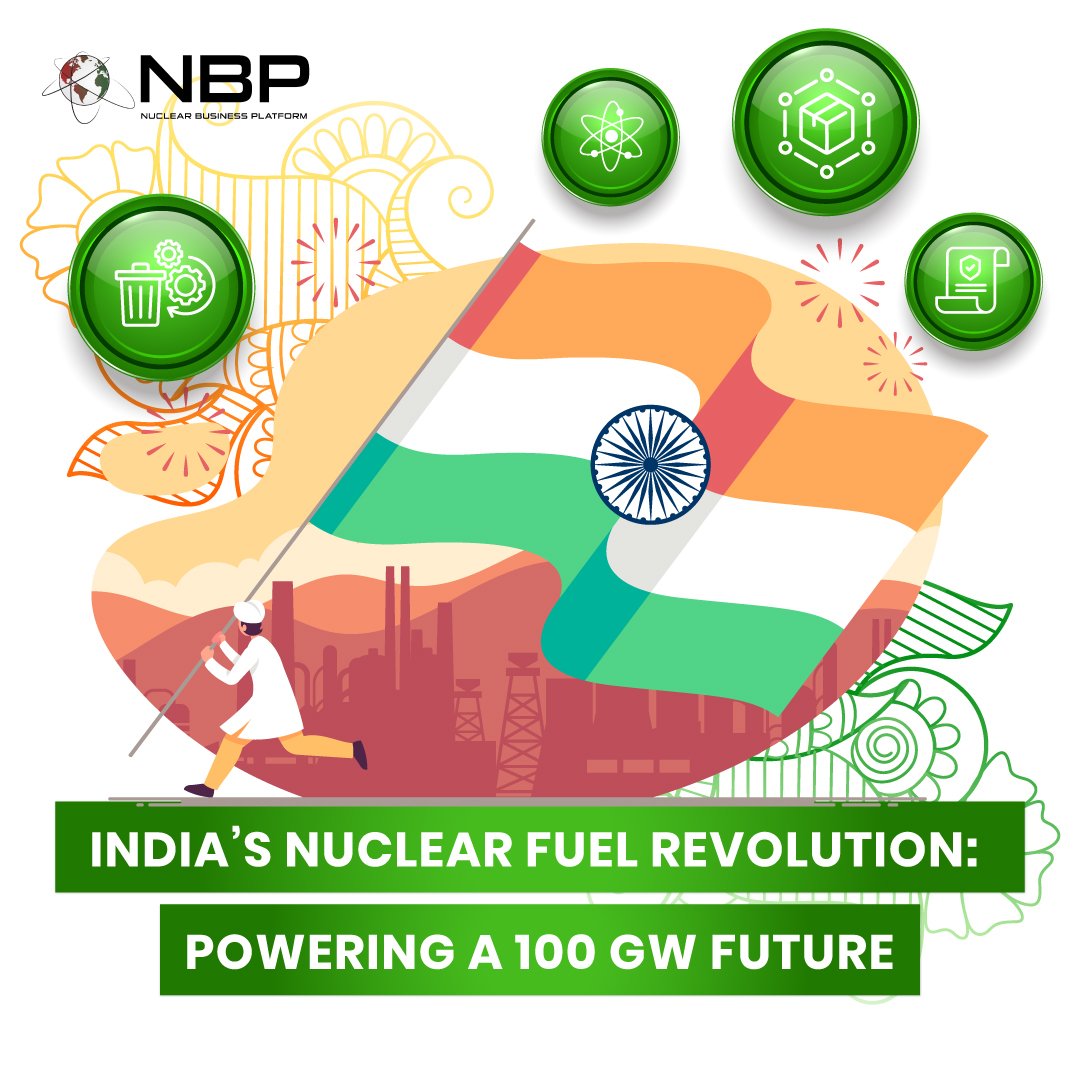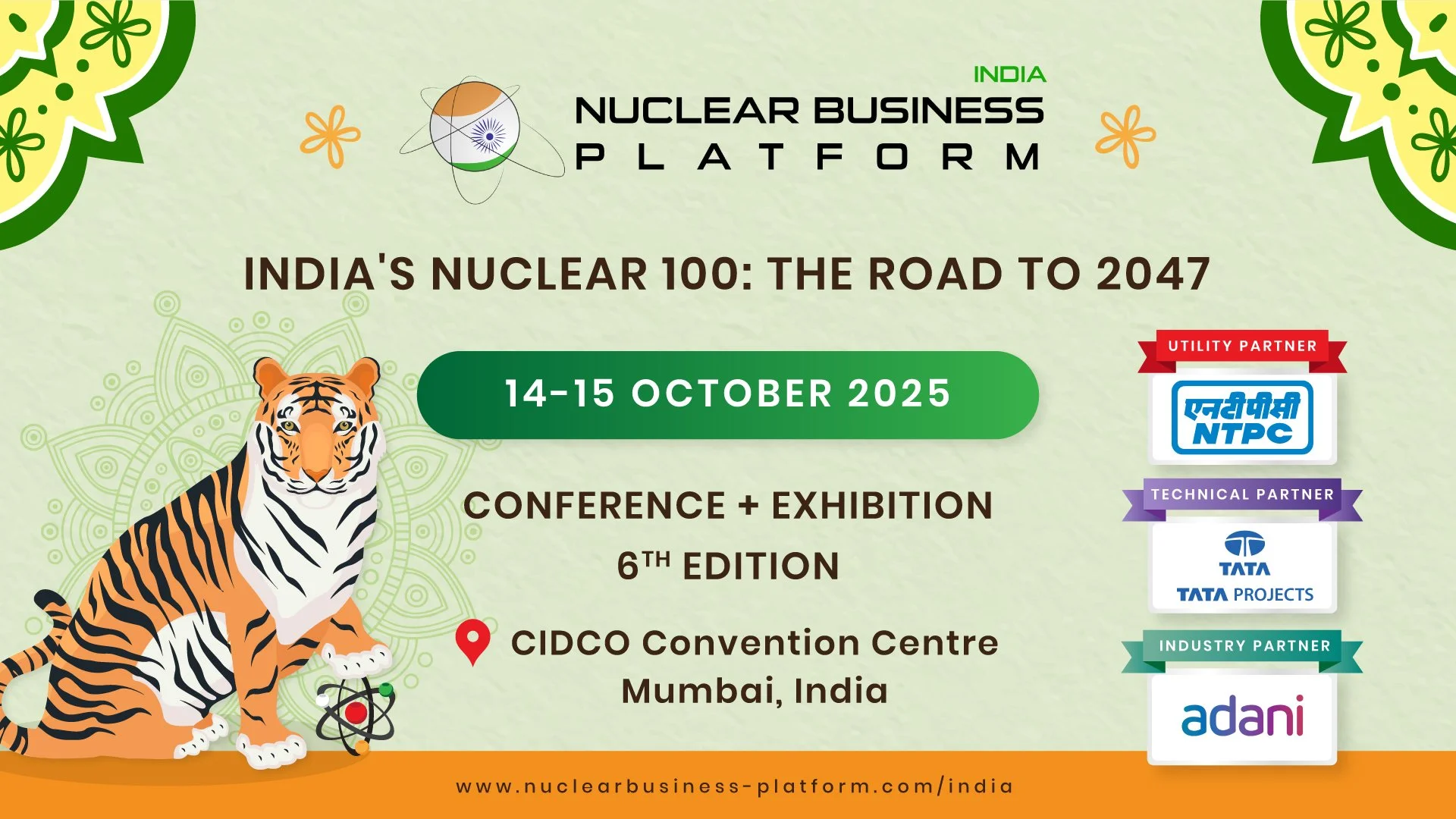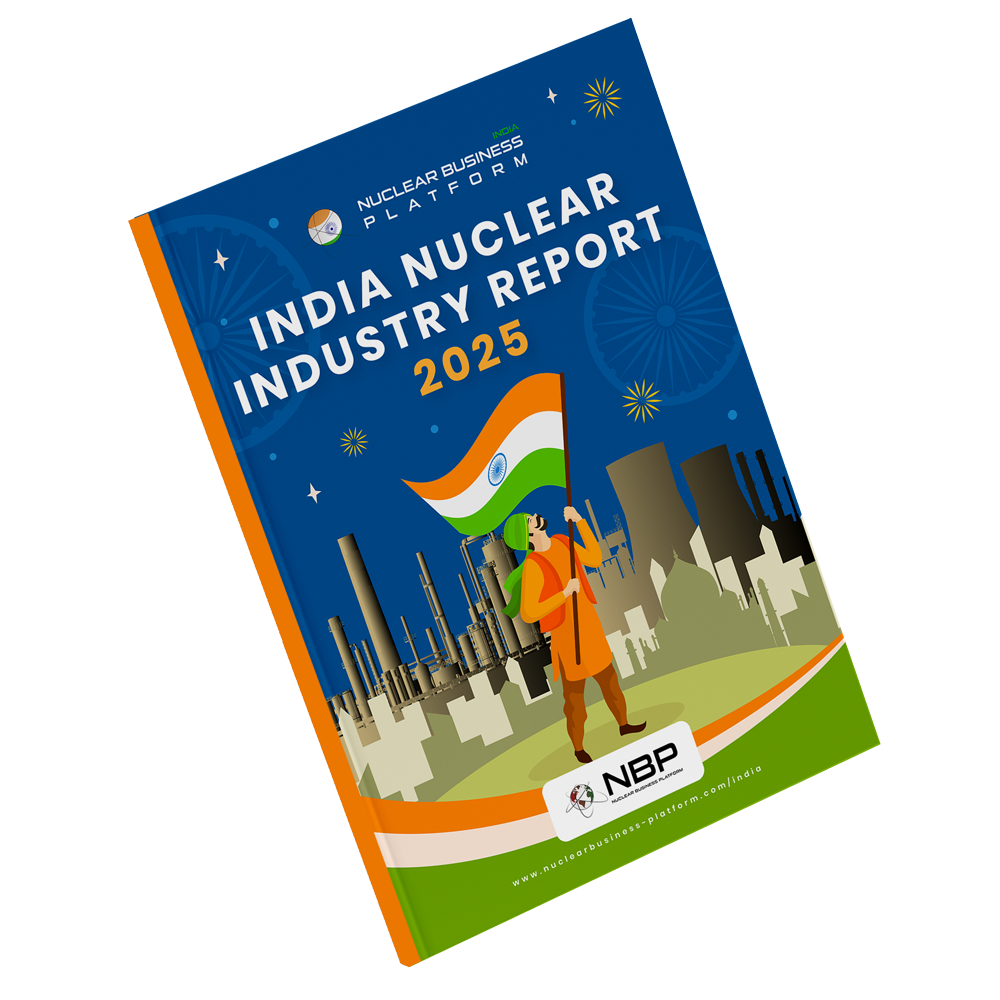India’s Nuclear Fuel Revolution: Powering a 100 GW Future
India’s plan to achieve 100 GW of nuclear power capacity by 2047 is entirely dependent on a secure, diversified, and resilient nuclear fuel supply chain. As the country works to reduce fossil fuel dependence and meet rising energy demand, developing this supply chain is not just a strategic imperative for energy security—it is a multi-billion-dollar opportunity for private and international businesses ready to invest across mining, processing, transport, fabrication, enrichment, and waste management.
India’s vision is clear: to ensure long-term, uninterrupted nuclear fuel availability through a mix of domestic production, strategic imports, and advanced technologies, all while opening doors to the private sector. For investors and companies, this presents one of the most compelling energy-sector supply chain opportunities of the coming decades.
Building a Robust and Diversified Fuel Supply Chain
India’s approach to securing its nuclear fuel supply is inherently multifaceted. It combines:
Indigenous development under the Three-Stage Nuclear Power Programme
Strategic international partnerships for uranium sourcing and technology transfer
Increasingly open policies inviting private sector participation in key stages of the fuel cycle
This integrated strategy not only supports energy security but also unlocks a wide spectrum of investment and partnership opportunities.
Diversifying Nuclear Fuel Sourcing: Challenges and Business Potential
India’s domestic uranium resources are limited and generally of lower grade. The Uranium Corporation of India Limited (UCIL) leads domestic mining and processing efforts, operating six underground mines and one open-pit mine in Jharkhand, with processing at Jaduguda and Turamdih. While India has natural uranium reserves of 425,570 tonnes, extraction costs remain high due to poor ore quality, resulting in persistent supply shortfalls.
This gap necessitates significant uranium imports. From 2025 to 2033, India will import at least 9,000 MTU (metric tonne units) of uranium to fuel new reactors under the National Nuclear Energy Mission. Between 2019 and 2024, India imported 2,600.299 MTU at a cost of ₹2,090 crore.
Key international suppliers include Uzbekistan, Canada, Kazakhstan, with Russia positioned as a major future partner through new deals, and Australia under active consideration. In FY21 alone, India imported nearly 2,000 MTU from Canada and Kazakhstan, while smaller consignments arrived from Uzbekistan in FY24 and FY25.
Typically, India imports natural uranium as uranium ore concentrate (UOC), or yellowcake, which is then converted to uranium dioxide (UO₂) and fabricated into fuel bundles at domestic facilities. Notably, India's indigenous Pressurized Heavy Water Reactors (PHWRs) use heavy water as moderator and coolant, eliminating the need for enriched uranium and offering a more secure, domestically controllable fuel cycle for a large share of the fleet. For business, this sustained and growing import requirement creates significant opportunities in:
Long-term supply agreements
Trading and logistics services
Conversion and processing technologies
Fuel Fabrication: Scaling Indigenous Capacity
At the heart of India’s domestic capability lies the Nuclear Fuel Complex (NFC), a unique integrated facility under the Department of Atomic Energy (DAE) that manufactures natural and enriched uranium fuel, zirconium alloy cladding and reactor core components.
NFC’s current capacity of 250 tons of UO₂ annually is set to expand to 600 tons per year through the addition of two major new fuel fabrication facilities, in direct response to the projected surge in nuclear generation. Business opportunities here include:
Engineering, procurement, and construction (EPC) of new facilities
Advanced materials supply (e.g., zirconium alloys)
Manufacturing automation and quality-control technologies
Fuel assembly design and innovation
Enrichment: Strategic Challenge and Potential Collaborations
India’s current centrifuge enrichment capacity is small and reserved for indigenous needs. For imported Pressurized Water Reactors (PWRs) and Boiling Water Reactors (BWRs) requiring 3–5% enriched uranium, India remains dependent on international suppliers.
This dependency represents both a strategic vulnerability and a collaborative opportunity. International technology providers, enrichment service firms, and suppliers of specialized equipment will find strong demand as India seeks to balance energy security with non-proliferation commitments and tight international controls.
Transport and Logistics: A Critical Enabler
Transporting nuclear materials safely—from ore to finished fuel bundles to radioactive waste—is essential to the secure functioning of the supply chain. As domestic mining intensifies and imports grow, demand for specialized, secure logistics services will rise.
While policy documentation does not yet detail explicit private-sector pathways for this segment, it is an obvious growth area where Secure transport providers, Container manufacturers, Specialized logistics integrators etc. can deliver essential services to both government and private nuclear operators.
Waste Management: Advanced, Closed Fuel Cycle Strategy
India has adopted a closed fuel cycle policy, emphasizing reprocessing and recycling to minimize waste and maximize resource efficiency. Only about 2–3% of spent fuel becomes true waste. Management strategies include:
Delay and Decay for low-level waste (LLW)
Concentrate and Contain for intermediate-level waste (ILW)
Recycle and Reuse for high-level waste (HLW)
LLW is disposed of in Near Surface Disposal Facilities (NSDFs), while HLW undergoes vitrification into inert borosilicate glass for safe engineered interim storage before ultimate Geological Disposal Facilities (GDFs) are developed. This complex approach creates opportunities for:
Engineering firms specializing in waste facilities
Advanced materials and containment solutions
Vitrification technologies
Long-term storage design and management
Policy Evolution: Paving the Way for Private Participation
Historically, core ownership and operation of nuclear power plants have been reserved for state-owned enterprises like NPCIL and BHAVINI under the Atomic Energy Act of 1962. However, recent policy reforms aim to open the sector to private and foreign investment.
Proposed amendments to the Civil Liability for Nuclear Damage Act (CLNDA) 2010 seek to cap supplier liability and introduce time-bound claims. This move, highlighted in the Union Budget 2025–26, directly addresses a longstanding barrier for overseas vendors and signals India’s intent to align its nuclear liability regime with international norms. This changing landscape represents a breakthrough moment for private investors and global firms.
Moving Forward
India’s vision for a secure, self-reliant, and diversified nuclear fuel supply chain is not only vital for its energy security but also a rich landscape of business opportunities. As the country scales up nuclear capacity, demand will surge for uranium sourcing, enrichment services, fuel fabrication, transport logistics, and waste management solutions. Combined with regulatory reforms and a policy environment designed to attract private and foreign investment, India offers an unmatched growth market for companies ready to invest in the future of nuclear fuel.
In this context, the 6th India Nuclear Business Platform (INBP) 2025, scheduled for 14–15 October in Mumbai, emerges as the most effective gateway. By convening senior government officials, policymakers, NPCIL leaders, and private sector stakeholders under one roof, INBP 2025 offers unmatched access to insights, networks, and actionable opportunities for those looking to participate in India’s rapidly expanding nuclear fuel supply chain. For strategic investors and technology providers, now is the time to secure a foothold in India’s nuclear fuel future.



